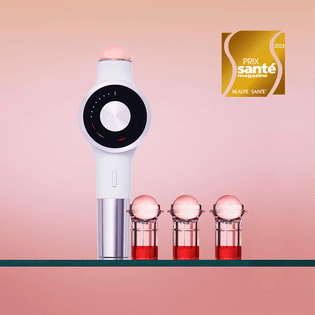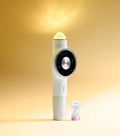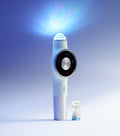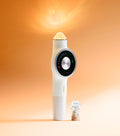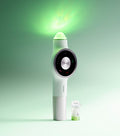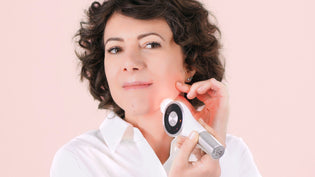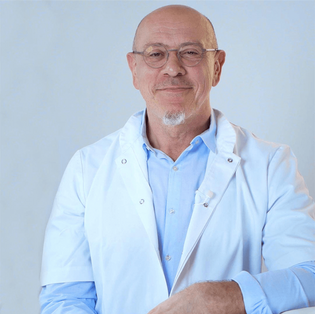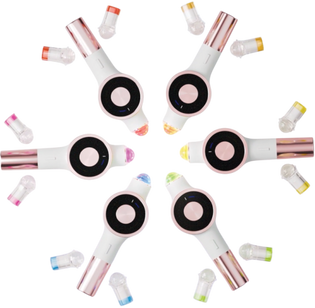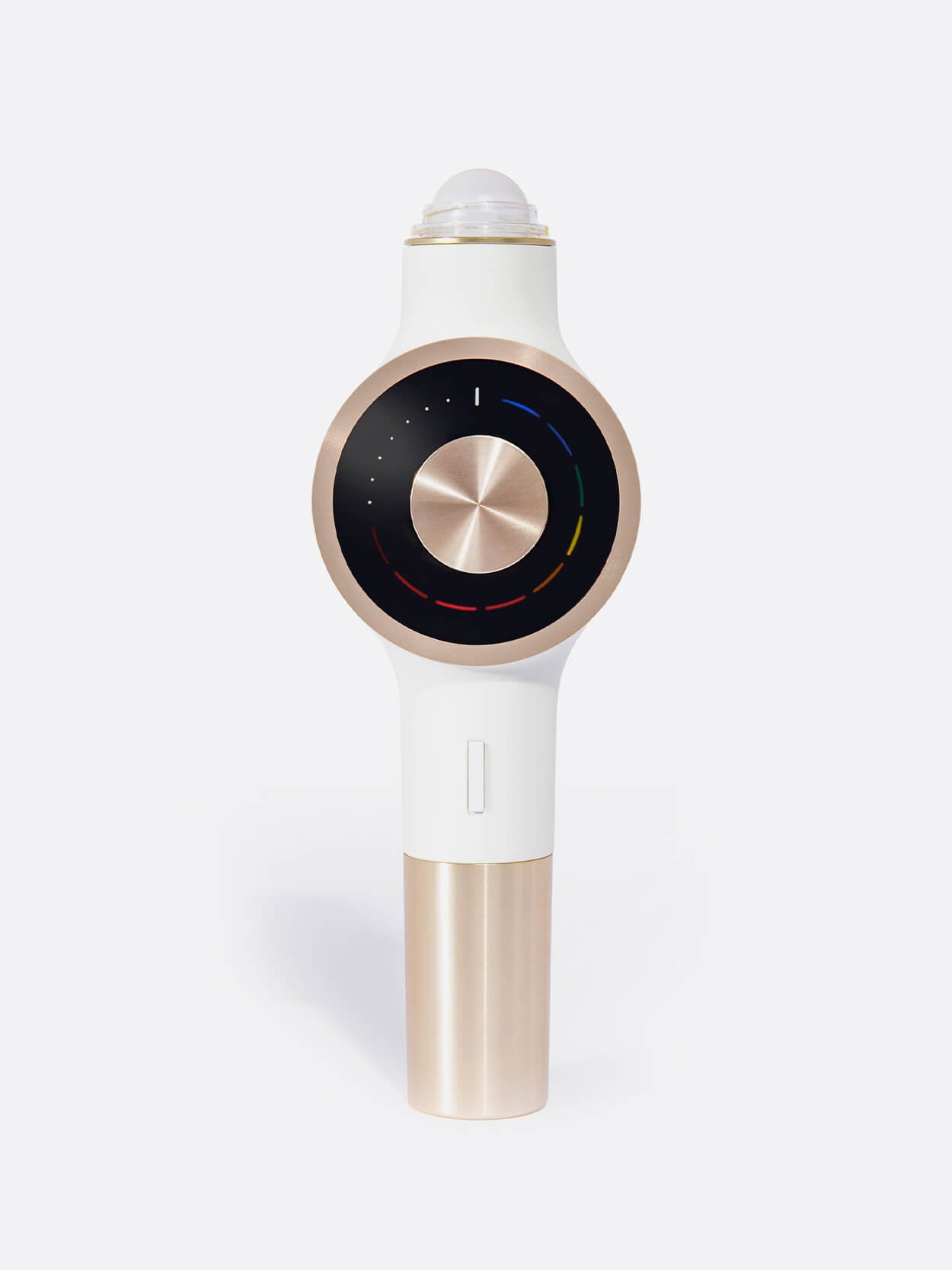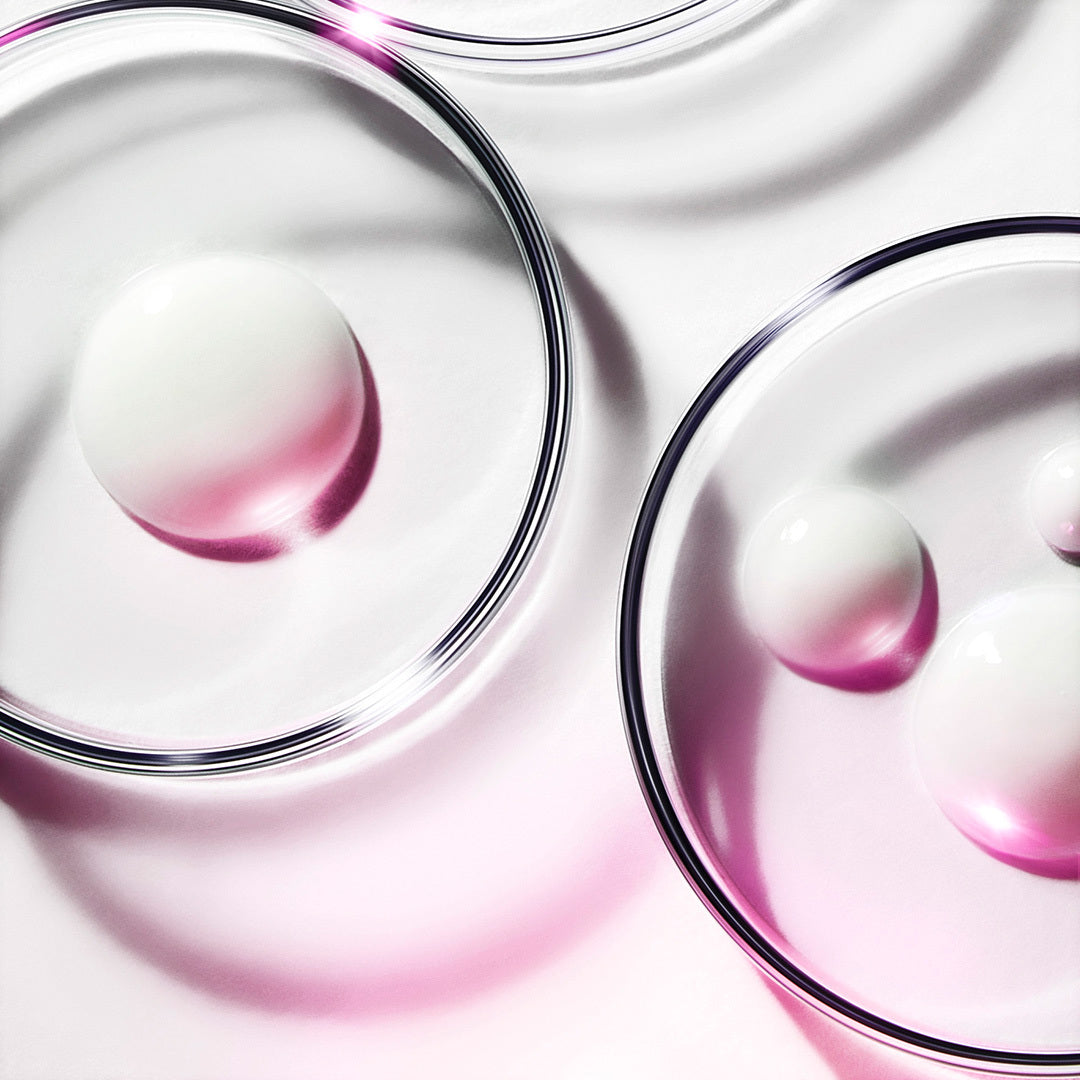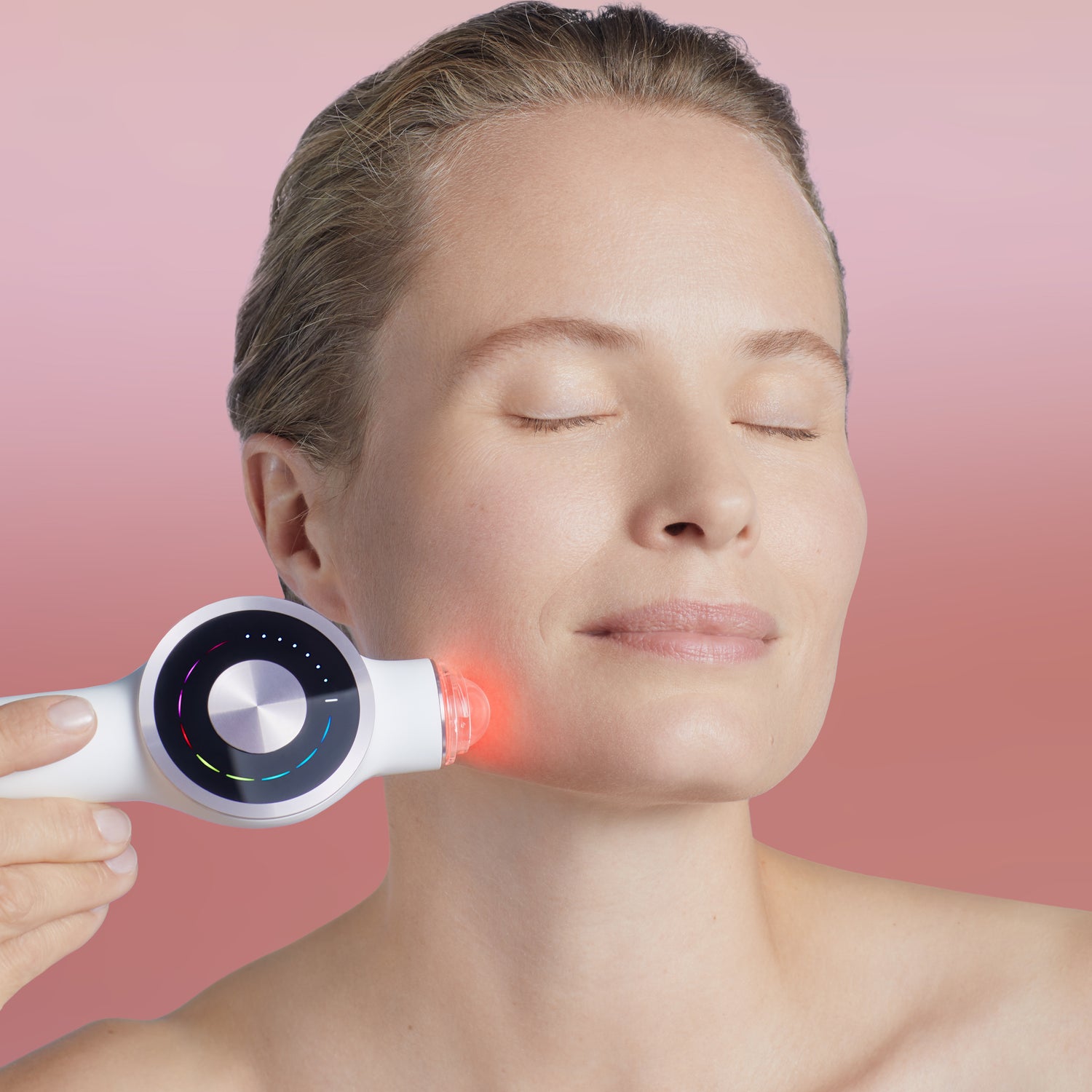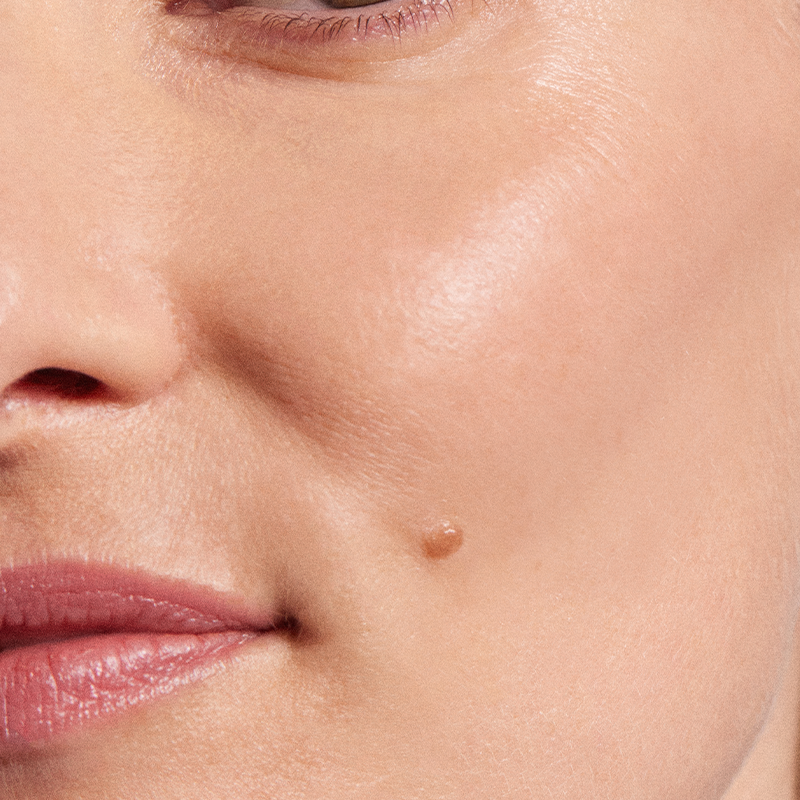THE TECHNOLOGY BEHIND LIGHTINDERM
The skin, a living organ capable of regeneration


The skin is, with the liver, the only organ in the human body capable of regeneration.
However, with age and external aggression, this self-repair capacity diminishes, the skin loses its firmness and radiance and the first wrinkles appear. The sole action on the surface of classic cosmetics is no longer sufficient to fight against the signs of aging.
To effectively restart these self-regeneration mechanisms, all layers of the skin must be mobilized, including the deepest ones, to have a global action.
The Lightinderm solution: the unique combination of 3 technologies
For the first time, Lightinderm synergistically combines 3 technologies for triple stimulation of the skin.
An effective and patented selection of regenerating lights
Light, regenerative energy used in dermatological practices
It has been widely demonstrated that the skin responds to light stimulation, thanks to photoreceptors present in skin cells. Even a brief exposure to low-intensity light can trigger a cascade of reactions that have lasting effects on cellular biology — boosting energy, stimulating protein synthesis, and promoting cell regeneration. This is known as photobiomodulation.
Light is commonly used in dermatology clinics to promote healing and post-procedure recovery, but also to improve skin quality, combat signs of aging, and treat acne.
Lightinderm, scientifically validated light combinations
The Lightinderm research program began at Cochin hospital with more than 375 in vitro tests.
Its goal: to determine which wavelengths have the most beneficial effects on skin cells.
11 wavelengths were preselected, followed by a series of tests:
- Association of different wavelengths
- Combining intensity levels
- Comparing exposure durations
- Optimizing the most effective pulse patterns
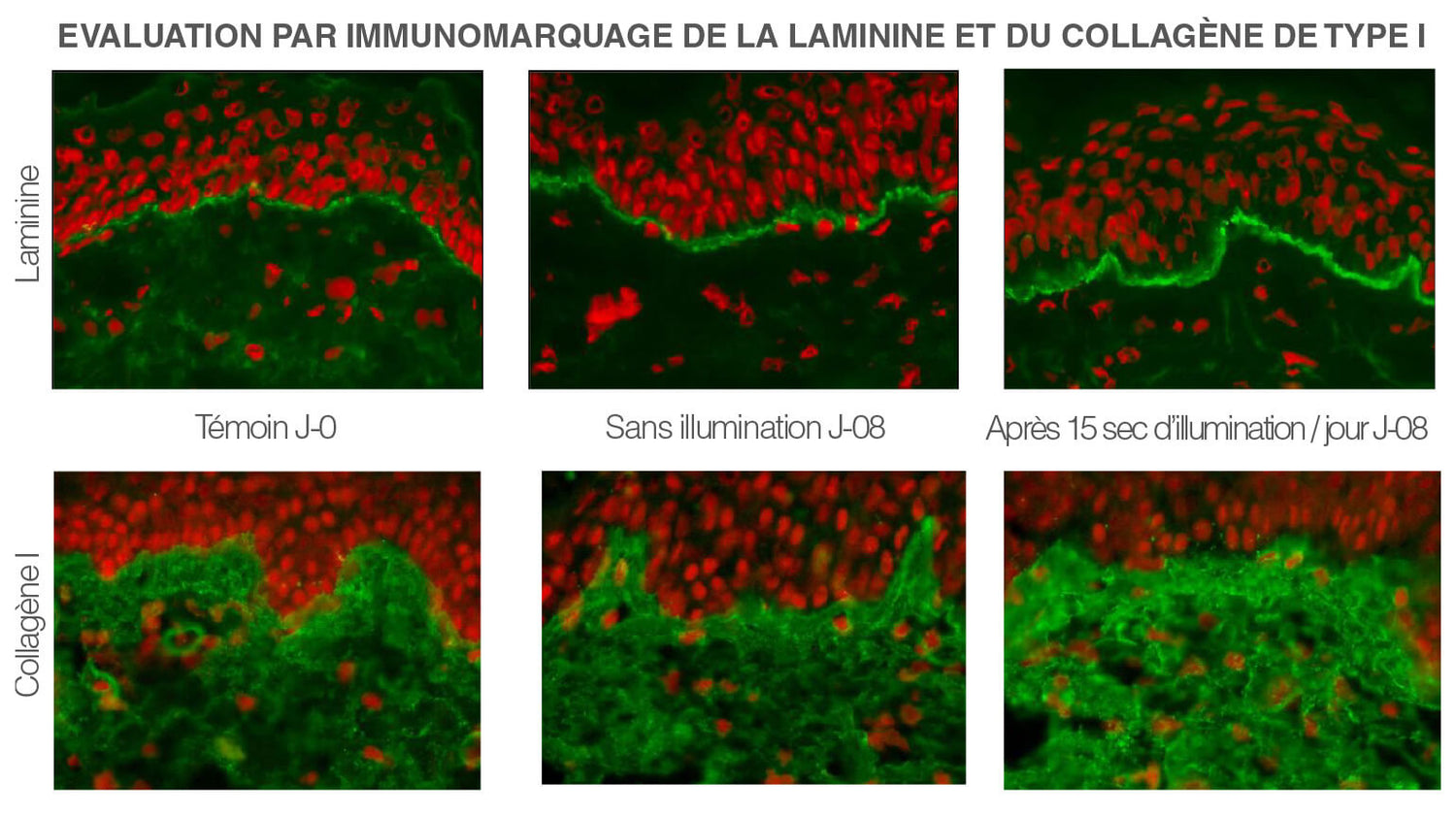
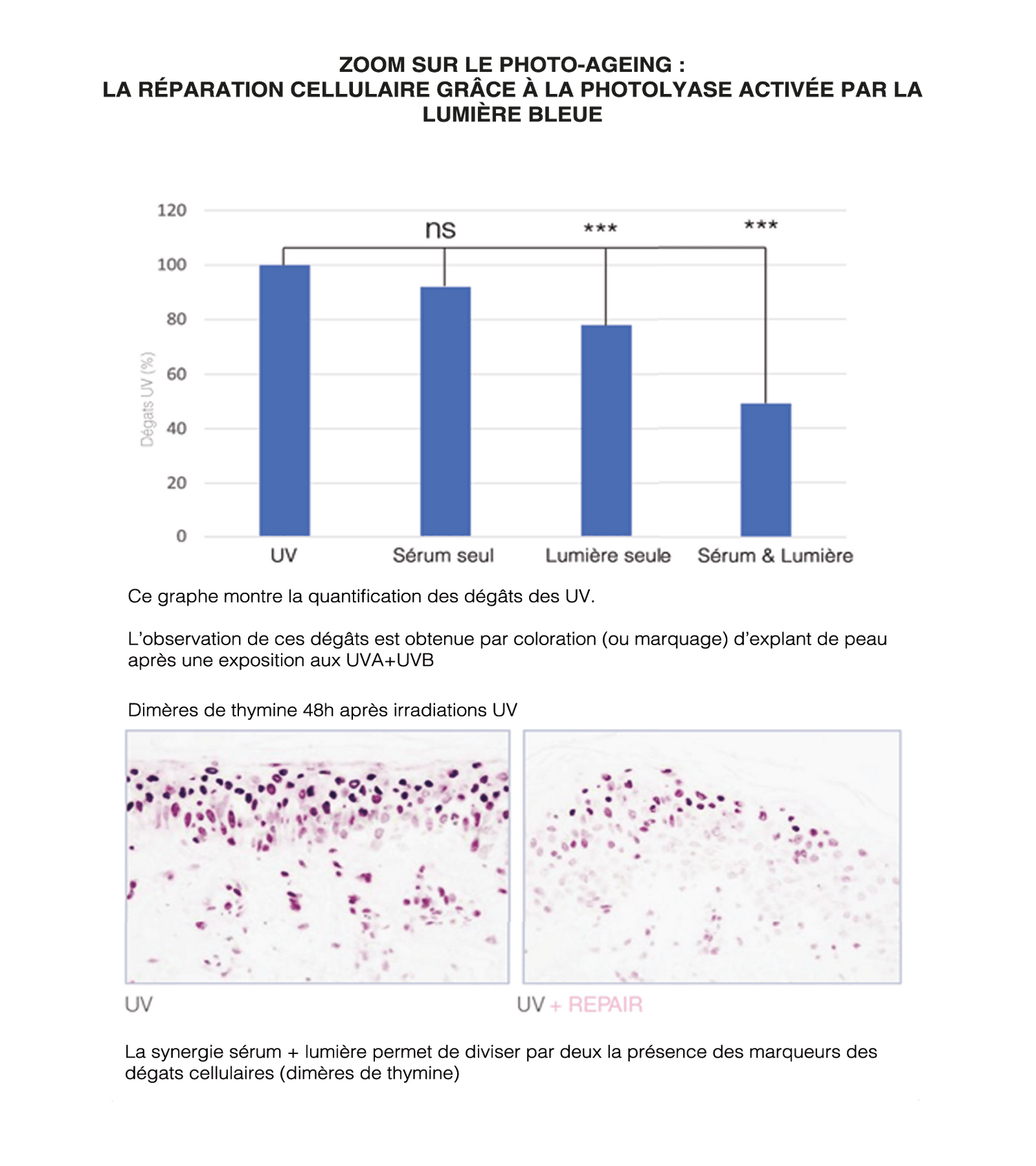
Combinations of light + photo-active ingredients for increased effectiveness
Example: the synergy of blue light + Photolyase to fight against photoaging
This synergy was recognized with a Nobel Prize in 2015 and has been extensively studied by Lightinderm to define the optimal parameters and dosages for maximum effectiveness.
UV exposure causes damage at the core of skin cells, leading to dermal degradation and, ultimately, skin aging.
Lightinderm’s research builds on the cellular repair capabilities of a photoactive plankton extract: photolyase.
Once activated by blue light, this enzyme repairs the cellular damage caused by UV rays.
Day after day, the cells repair themselves and regain optimal function, gradually reducing the visible signs of aging.
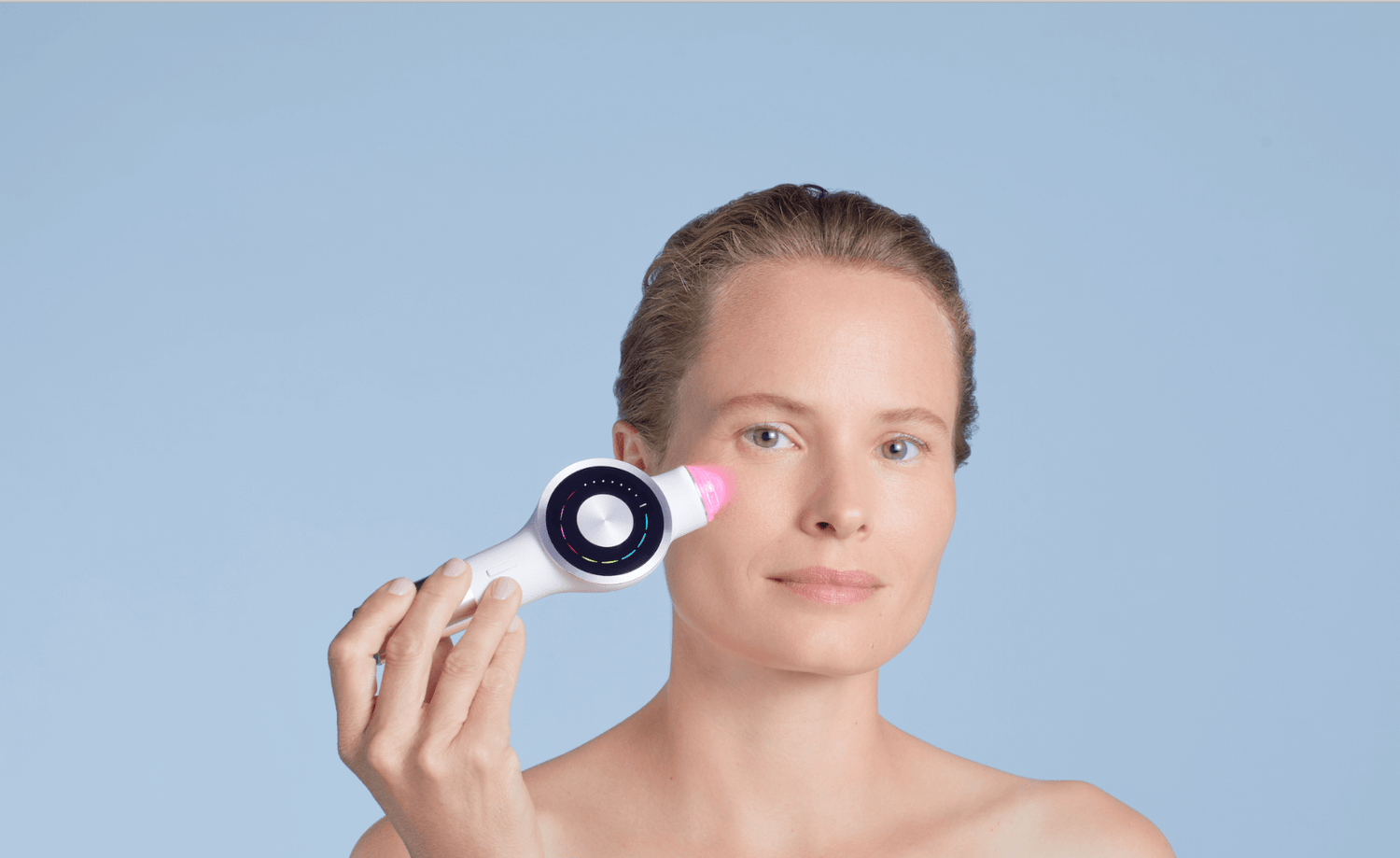
The complementary effect of deep tissue massage
Effective mechanical stimulation
All cells in the dermis and epidermis respond to massage. Mechanical stimulation triggers a detectable and measurable signal that initiates a well-known process of cellular activation called mechanotransduction.
Massage plays a particularly valuable role in the Lightinderm protocol, as it perfectly complements the effects of light and photoactive serums.
Density, firmness and radiance of the complexion
Through mechanical pressure, massage creates tension in the extracellular matrix, promoting dermal remodeling. This tension stimulates the production and organization of collagen isotypes, forming a strong intercellular network. The skin becomes denser and firmer.
Massage also enhances microcirculation, improving the delivery of nutrients and oxygen — resulting in a more radiant complexion.
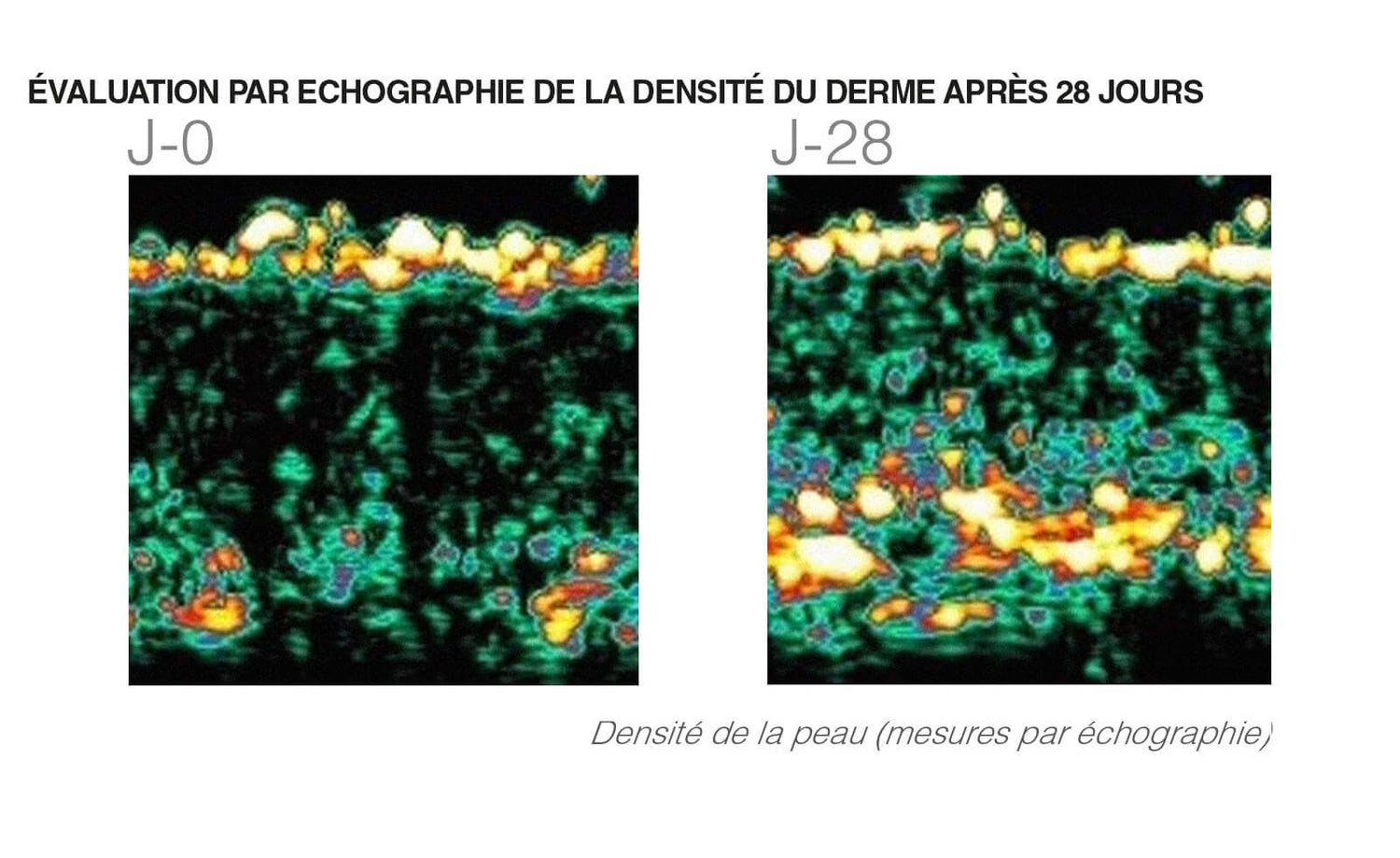
A Medical Investigation and Validation Protocol
For over 7 years, Lightinderm has been investing in advancing fundamental knowledge on the interactions between light and skin, and on the optimal combinations of active ingredients and light.
The development protocol for each new Lightinderm program follows three rigorous phases: in vitro, ex vivo, and in vivo (clinical studies).
Over 450 in-vitro studies
Lightinderm conducts laboratory research on human cell cultures to identify optimal light parameters, effectively combine wavelengths, and—most importantly—pair them with active ingredients to amplify their effects.
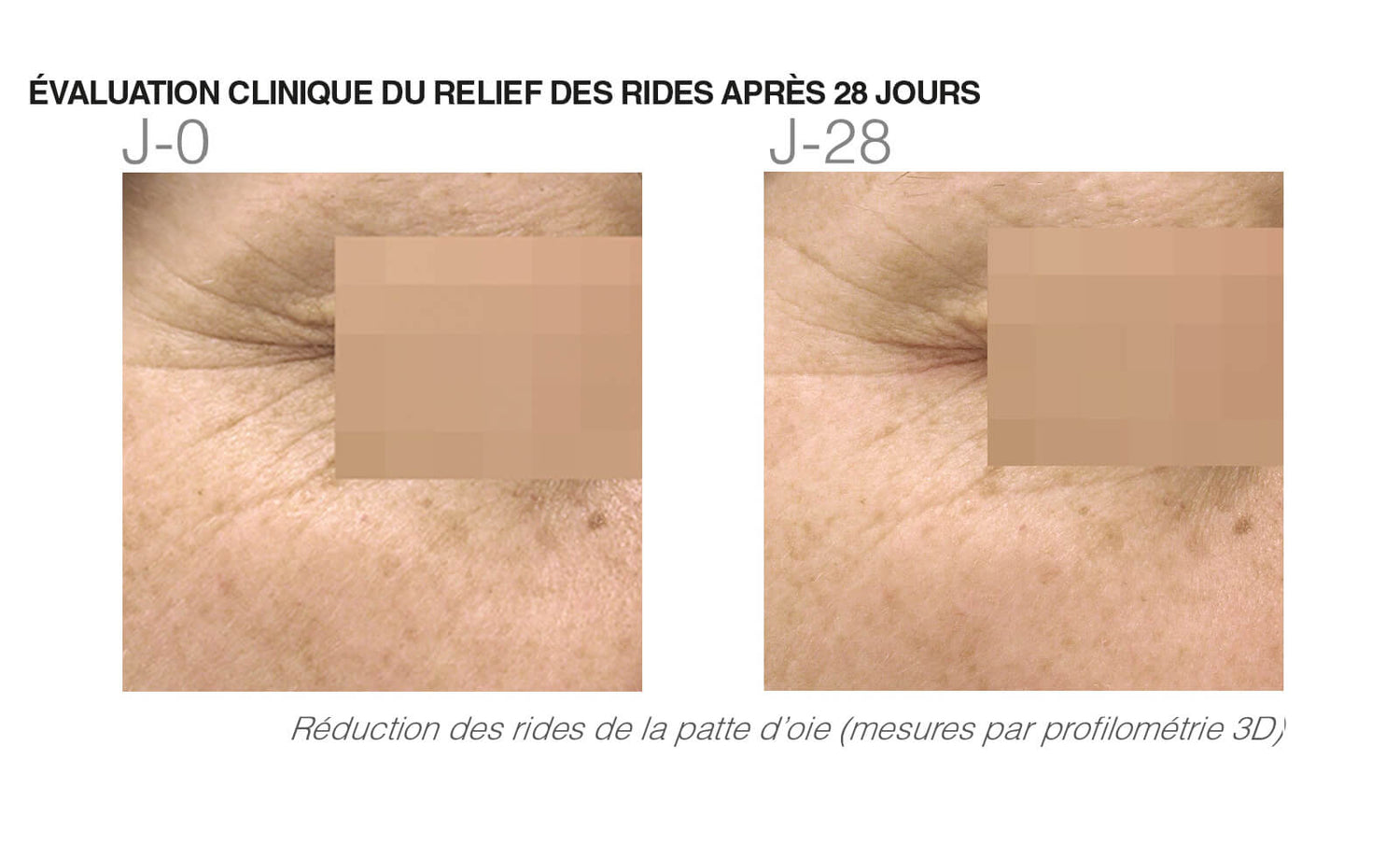

More than 25 pre-clinical ex-vivo studies
The in vitro results are then evaluated on skin explant models kept alive or on reconstructed skin models, in order to validate the effects of the treatment on the different layers of the skin and to study its mechanisms of action.
5 clinical studies on more than 150 women: demonstrated effectiveness and safety
The effectiveness and safety of all Lightinderm treatments are clinically proven through studies conducted by independent laboratories under dermatological supervision.
Four levels of evaluation are carried out:
Instrumental measurements, Clinical assessment by a dermatologist, Clinical assessment by a dermatologist, Expert panel scoring, Self-assessment by volunteers.


